

News
Garden Stories
Plants Are Trending
In 2023, stories about robot gardeners, plant sounds, and more made headlines.
What’s on Google’s 2023 Holiday 100 gift guide for plant lovers? Seed starter kits and no-watering-required LEGO bonsai trees made the list of trending searches, right up there with human dog beds and eye massagers.
“Searches for seed starter kits have sprouted every spring for the last ten years,” notes Google. “‘Plant mom’ is the new ‘dog mom.’”
In 2023, stories on plants in popular culture often reflected ways in which people project their human-ness on plants. Here are a few of our favorites:
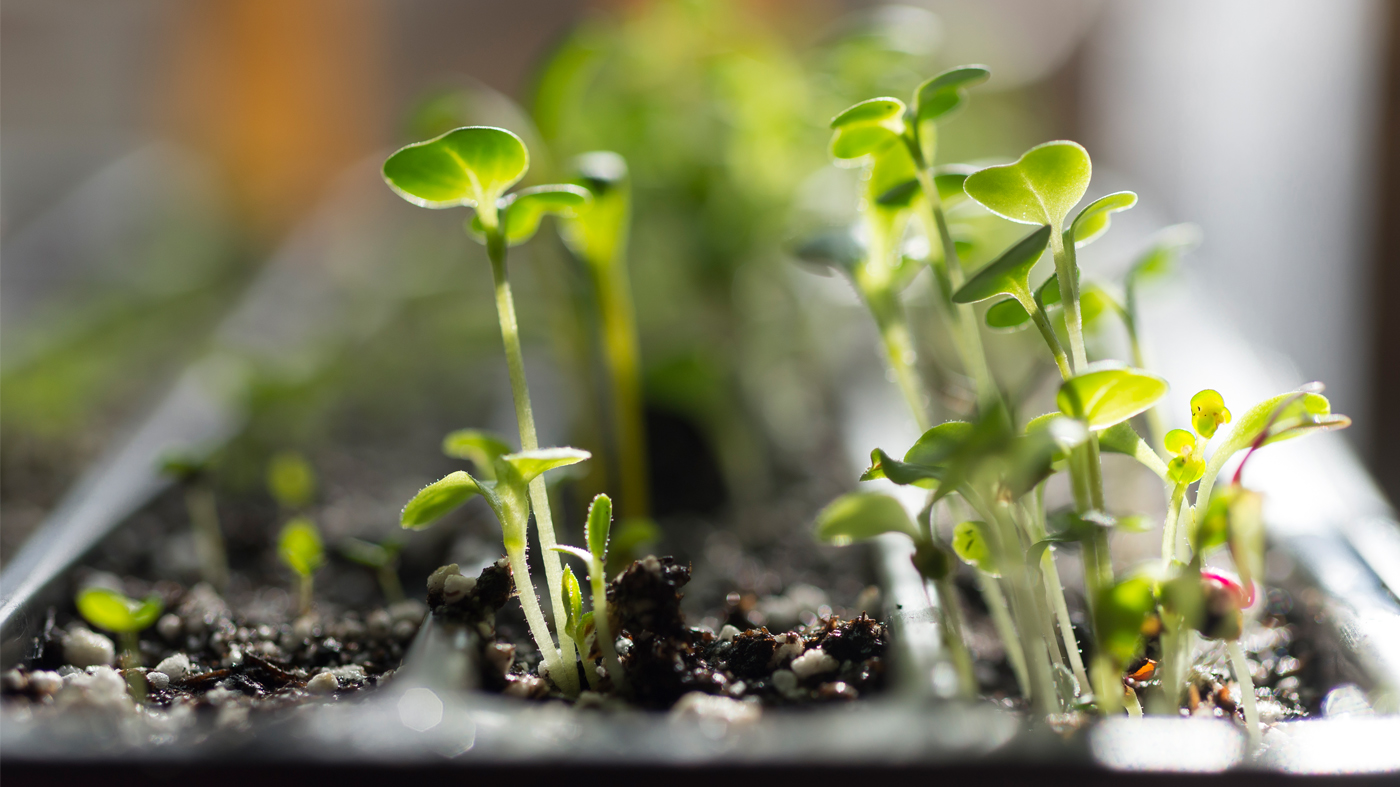
You can buy seeds and mini bonsai kits in the Garden Shop at the Chicago Botanic Garden.
Your tomato plant may have a good point
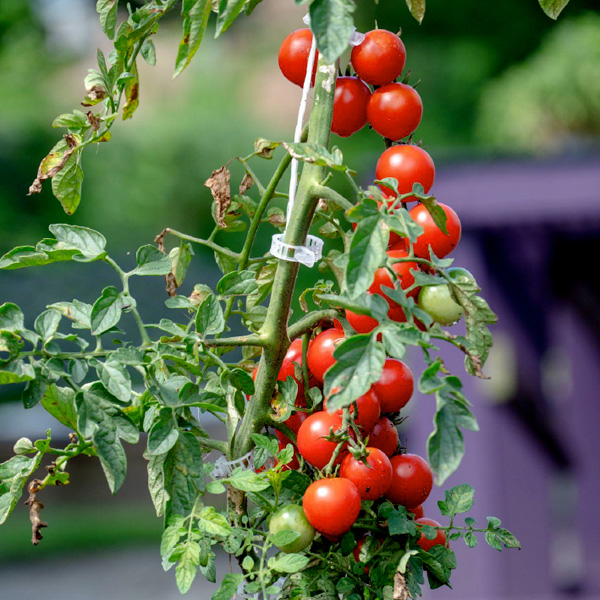
Do plants chat you up? Not quite. But according to a recent study by Tel Aviv University researchers, plants do make clicking sounds, imperceptible to humans.
In the scientific journal Cell, the researchers noted that plants typically emit sounds when under stress from lack of water or other conditions. The researchers also concluded that the ultrasonic sounds can probably be heard by some animals, such as bats, mice, and insects.
Online media touting the research had a field day: “Tel Aviv University Researchers Claim Plants Do Talk and Their ‘Language’ Can Be Recorded”; “New Discovery: Plants Talk, Especially When Stressed.”
Listen to sounds made by a tomato plant. Researchers compressed the sounds and converted them to a range audible to humans.
Courtesy Tel Aviv University via Cell Press
Tallapalooza
Tallapalooza is not on the list, but tall plants are rock stars in our book.
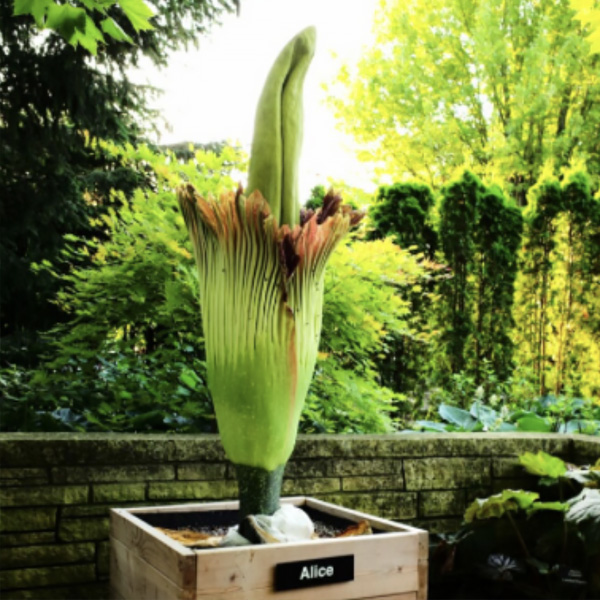
Do you name your plants?
With plant parenting in vogue, Good Housekeeping updated its list of suggested names for houseplants. “Button,” of course, for a tiny succulent. You get the picture.
Which name is not on the magazine’s list?
- Spice Girls (for a group of herb plants)
- Bill (for a money plant)
- Captain America (for plants that start small then grow large)
- Tallapalooza (for a tall plant)
Who grew your dress?
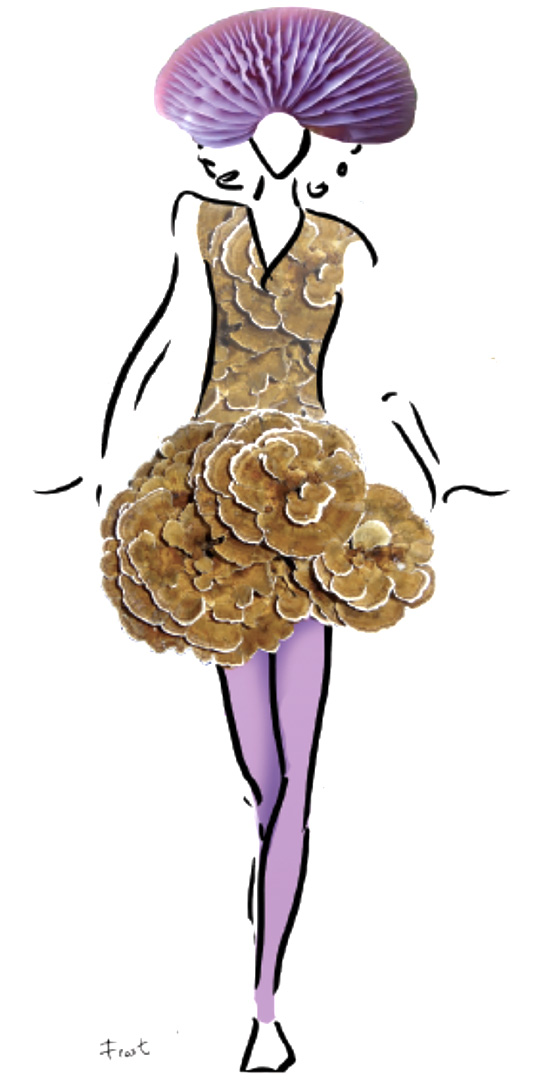
We jumped on the trend of using fungi in fashion with our own design.
London Fashion Week observers loved the latest iteration in sustainable fashion—a bronze-gold, silky gown made from the leaves and stalks of butterbur (Petasites japonicus). Not just any butterbur.
Vin + Omi, the eco-minded British fashion designers, collected butterbur from one of King Charles III’s estates. They wove fibers from the plant to make a new textile, the world’s first using butterbur. The new textile is part of a trend toward using unexpected materials from the natural world in fashion design.
We’re still waiting for our own swingy take on fungi fashion to take off.
Touching plant story
Twenty-eight percent of Americans have hugged their plants, according to a Trees.com survey—but if the plants don’t respond to touch, does it still count?
As it turns out, some plants can sense when a touch starts and stops, a Washington State University-led study found.
When touched, individual plant cells respond by sending waves of calcium, or signals, to other plant cells, researchers concluded in a 2023 study published in the journal Nature Plants. They send more rapid waves when the touch is released.
The study shows how sensitive plant cells are, but some media had a different take. “WSU study shows that plants have feelings,” reported KIRO 7 News in Seattle.
Check out the microscopic view of what happens when a single cell of a thale cress plant is touched by a fine glass rod.
When the touch is first applied (01:33) the cell sends a slow calcium signal wave to other cells. When the touch is released, a faster wave is created (06:45).
Courtesy of Washington State University, ©Nature Plants
Is that human-raised kale or….?
Watch the robot gardener prune ↑
Can a robot gardener grow kale?
With the help of artificial intelligence, robot gardeners can grow plants as well as humans—and use water more efficiently, according to a study by University of California, Berkeley’s AUTOLab. In the study, humans and machines tended side-by-side plots with the same mix of seeds. Both showed similar results in plant diversity and coverage, but the automated robot gardener used 44 percent less water than humans in raising crops including arugula, kale, and cilantro.
The researchers’ paper on the test garden was a best paper finalist at this year’s prestigious International Conference on Robotics and Automation in London.
Media stories cited the potential for further study on how to use less water, especially if such automation can be applied to big farming operations. The technology is still in its early stages, but, as with all things plants, we can’t wait to see what happens next.
Quick quiz: In the photo showing the two gardens growing, was the plot on the left raised by humans or by the robot gardener? The answer is in the caption.
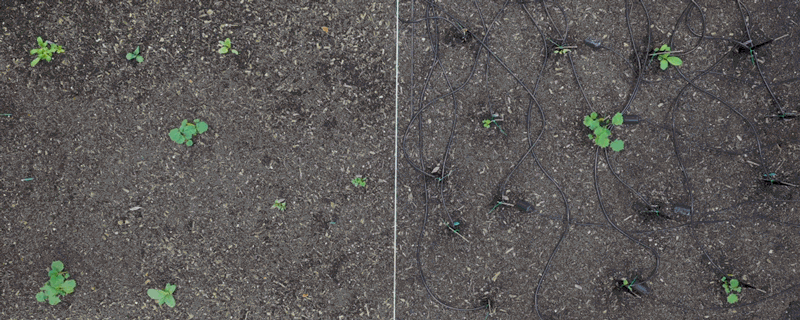
This shows the two gardens after 60 days of cultivation. The garden on the left was watered and pruned by professional horticulturists, while the garden on the right was tended by the AlphaGarden robot system.
Videos courtesy of The AUTOLab, University of California, Berkeley

